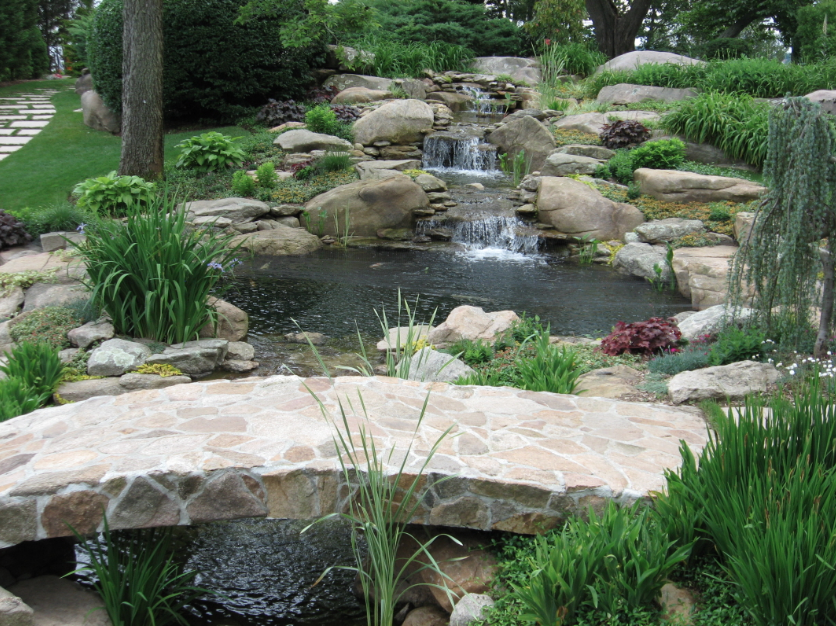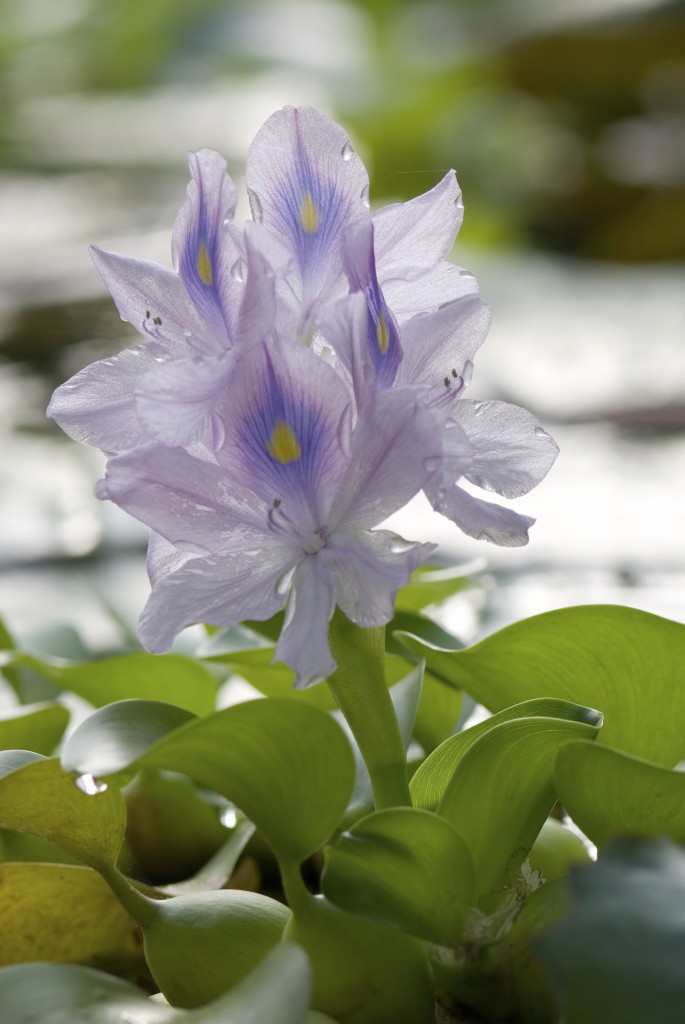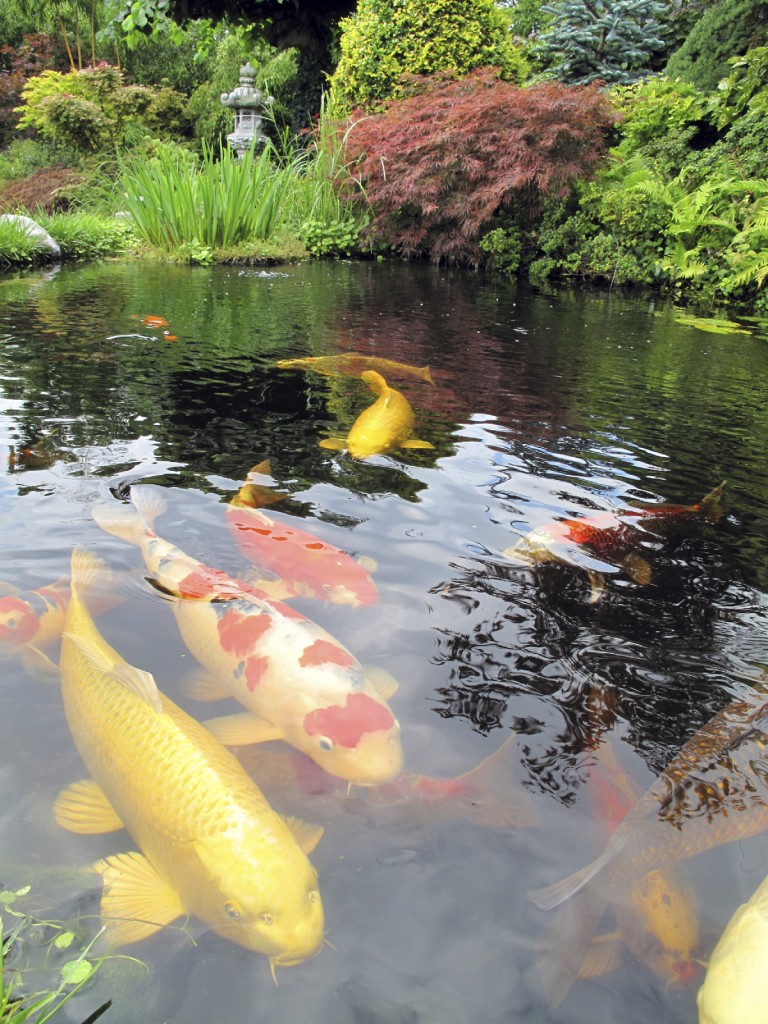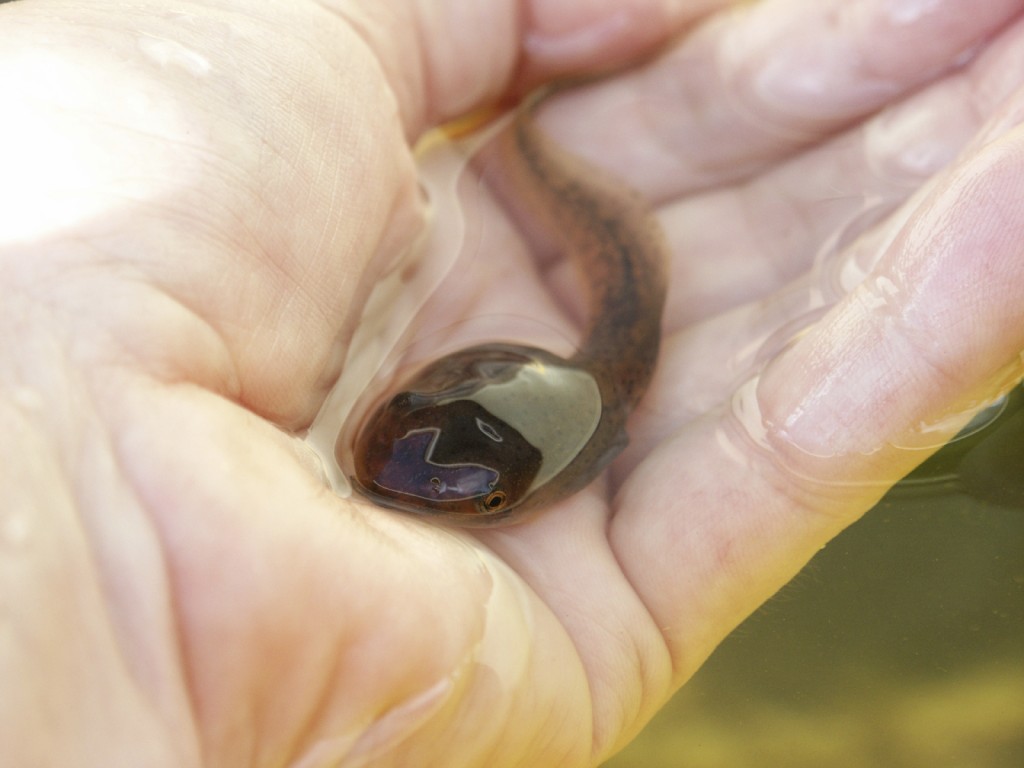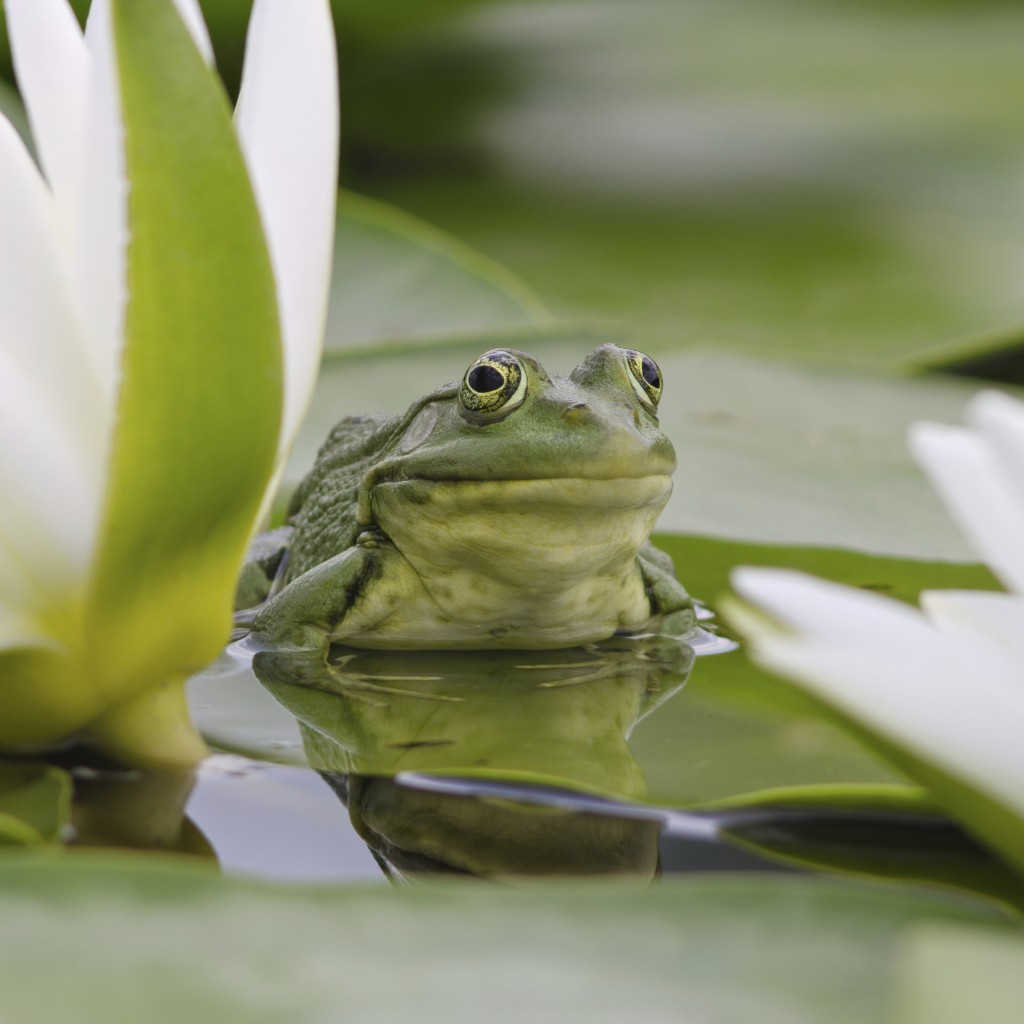Ponds & Waterfalls
San Juan Nurseries is committed to providing a lifestyle and bringing paradise home. Paradise isn’t a place you have to travel to; it can be where you live! We can help you turn your yard into your favorite room in the house.
If space allows, why not consider adding a larger water feature to your landscape. Add twists and turns of natural-looking streams and waterfalls ending up in a breathtaking pond near your patio. Unfortunately, fish are often seen as creating a maintenance nightmare.
Contrary to popular belief, fish will actually reduce pond maintenance, as they graze on string algae and bottom feed from the pond floor. Not to mention fish are pets too! Our kids are not the only ones who have named our pond fish! Customers come in constantly bragging on their ‘Captain Jack’ or ‘Jet’, and so on. Our kids like to make their fish eat from their hands.
Aquatic Plants
Aquatic Plants are Mother Nature’s true filters. Plants are great for adding character to a pond by providing color and texture, but from a filtration perspective, they’re second to none. Thriving from the excess nutrients in a pond and depriving algae of its food source, the aquatic plants in a water garden, given proper coverage, are critical for the overall health of the ecosystem.
Fish
Anyone who has ever walked into a friend’s yard and seen a well stocked Koi pond for the first time is immediately captivated by the beauty, variety and serenity of the Koi fish. After a few minutes of enjoying the Koi, most people wonder aloud or to themselves if they could also keep Koi as pets. Happily, the answer is yes. Koi fish make excellent pets for almost everyone. They are fairly easy to keep and provide a constant display of color. They are not fussy eaters. Since they are omnivorous, Koi will eat a wide variety of foods. From specially prepared Koi food to pieces of bread, frozen peas, lettuce, spinach or even earthworms. Koi love fresh fruit like watermelons or oranges. They will learn to recognize you and rise to the surface to feed. Many Koi can be trained to eat from your hand. Some will even follow you around the pond while begging for food. Koi are also very hardy, peaceful, and compatible with other peaceful fish.
Goldfish/Fancy goldfish can also thrive in a pond environment. They are generally smaller than koi, and have a greater variety of body shapes and fin and tail configurations. Bright orange or albino comets and shubunkin varieties with their calico markings do particularly well in ponds, as they are hardy, and often have long, flowing tails to admire. These fish are able to survive most normal outdoor temperatures, though a source of shade to keep the pond below 80°F in summer is recommended and a heater to keep the pond over 50° in winter will reduce stress and be welcomed. Goldfish will go into a period of reduced activity or dormancy at low temperatures, resting at the base of the pond, moving and eating little, if at all. This is normal, and their liveliness will return when temperatures rise again in spring. You can keep goldfish and koi together.
Golden Orfes are attractive orange/yellow torpedo shaped fish. They are fast surface feeders, eating mosquitos, and other insects in your pond. They like to swim in groups, and have almost dolphin like behavior. Orfes should be added to ponds in groups of three or more.
Tadpoles
A pond full of tadpoles, followed by froglets, provides plenty of entertainment for children and is appealing to many adults. Tadpoles are also useful in practical ways. Amphibians form an essential part of many land and aquatic ecosystems, keeping populations of their food species under control and in turn providing food for a range of larger animals. Newly hatched tadpoles are herbivorous and feed on the algae that grows on plants or on rocks in the pond, particularly those exposed to the sun. In the latter stages of their development they become omnivorous, feeding on decaying matter in the pond and tiny creatures such as mosquitoes and gnats. If tadpoles are present in the pond, many, if not most, of the larvae of biting insects become dinner long before they have a chance to metamorphose.
Frogs
Once the tadpoles change into their adult forms, they continue to be helpful to a gardener! Having frogs in the garden is definitely a worthy goal: frogs will help keep down insect populations as well as serenade you with their songs. They eat spiders, beetles, bugs, moths, slugs, and snails, thus reducing or eliminating the need for pesticides. You can help these beneficial creatures by providing a pond or other water body where the tadpoles can develop. Having at least one side of the pond gradually slope up to dry land is also a good idea. This enables the young amphibians to leave the water in mid-summer once the tadpole stage is over. Small amphibians can be heavily stalked by birds and other predators, so grow plants around the pond to provide some shelter. When in the pond, frogs need a point above the water on which to rest and breathe. In the summer a water lily pad may surface but a more permanent solution could be to position a few rocks or logs half in and half out of the water if there are no suitable areas of shallow water. Frogs are cool! Who wouldn’t want these insect eating, music making, pond cleaning machines?

